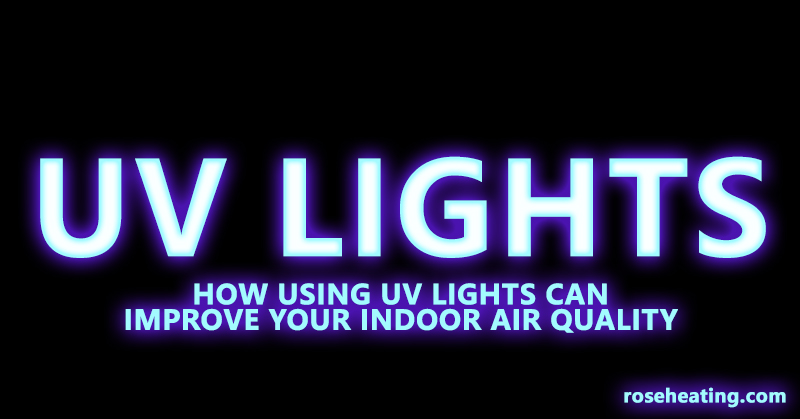All sorts of nasty little organisms can lurk in your indoor air and contribute to allergies, asthma and other health problems. Mold, bacteria, spores, fungi and other microorganisms are all common airborne pollutants that can do serious harm when they make their way into your indoor environment. One effective tool for ridding your air of these contaminants is ultraviolet germicidal irradiation.
UV light has the ability to neutralize or destroy harmful microorganisms that circulate through your indoor air. Organic air pollutants are vulnerable to UV light because its electromagnetic radiation destroys the DNA and RNA in microbial nuclei. As a result, bacteria and other microbes die under exposure to UV irradiation.
UV Light Targets Microbes That Escape Your Filter
An excellent air filter is the fist line of defense for your indoor air. A high-quality filter should be able to trap most of the organic and inorganic pollutants that make their may into your circulating air. However, some microscopic particles can make their way through even the best air filters and into your home. UV light is one way to target the microbes that have escaped filtration and pose a threat to your respiratory health.
UV germicidal irradiation systems typically live close to your HVAC system’s evaporator (indoor) coil, or inside your ductwork. UV systems in ductwork target contaminants that have escaped your air filter in order to keep them from reaching the air you breathe.
Evaporator coils and drain pans provide a damp environment where mold, bacteria and mildew can get a foothold, and UV systems directed at these areas can neutralize these microbes before they reach your indoor air. UV light can also help your coils to stay clean and function at maximum efficiency, which helps to offset the cost of installing and running a UV irradiation system.
Some UV Systems Can Also Reduce VOCs
Some UV treatment systems can even reduce the impact of other pollutants in your indoor air. Building materials, building treatments and furniture can emit volatile organic compounds (VOCs) that are also harmful to breathe. These systems include photocatalytic reactors activated by UV light that reduce the VOCs in your indoor air.
UV lights are effective at improving indoor air quality, but there are other important ways to protect your indoor environment. You should keep your home surfaces like floors clean, change air filters regularly, control moisture and humidity and open windows and doors whenever possible. These basic home maintenance tasks can make a big difference to your indoor air quality.
Thank you for reading! Please follow our blog to learn more about indoor air quality, or call to speak to a professional about air quality solutions for your home.

